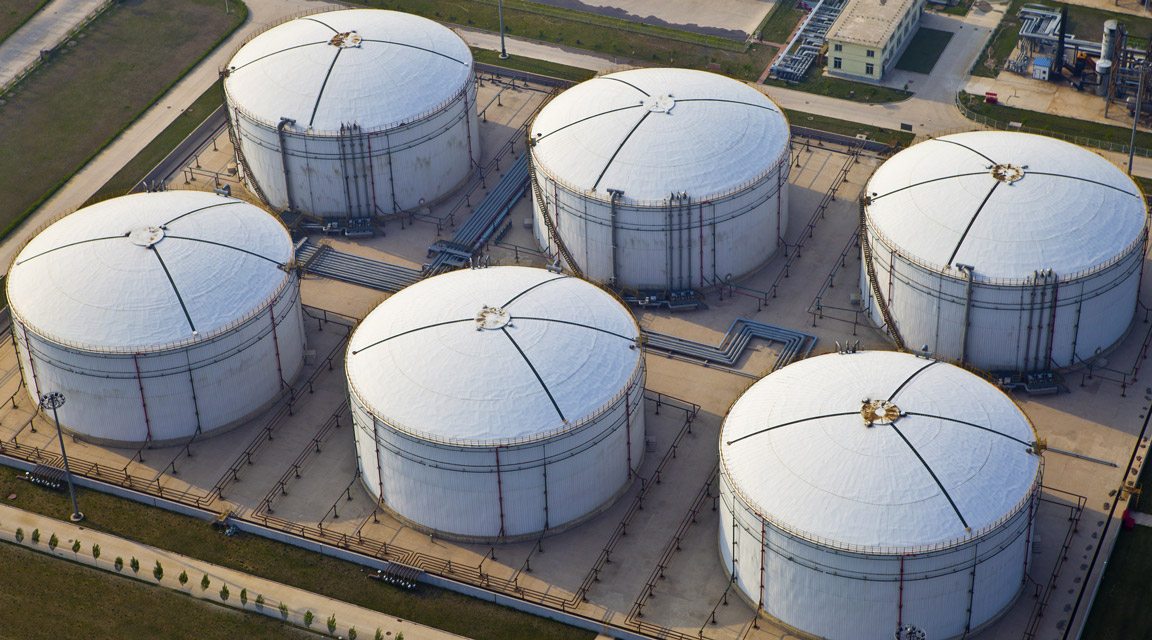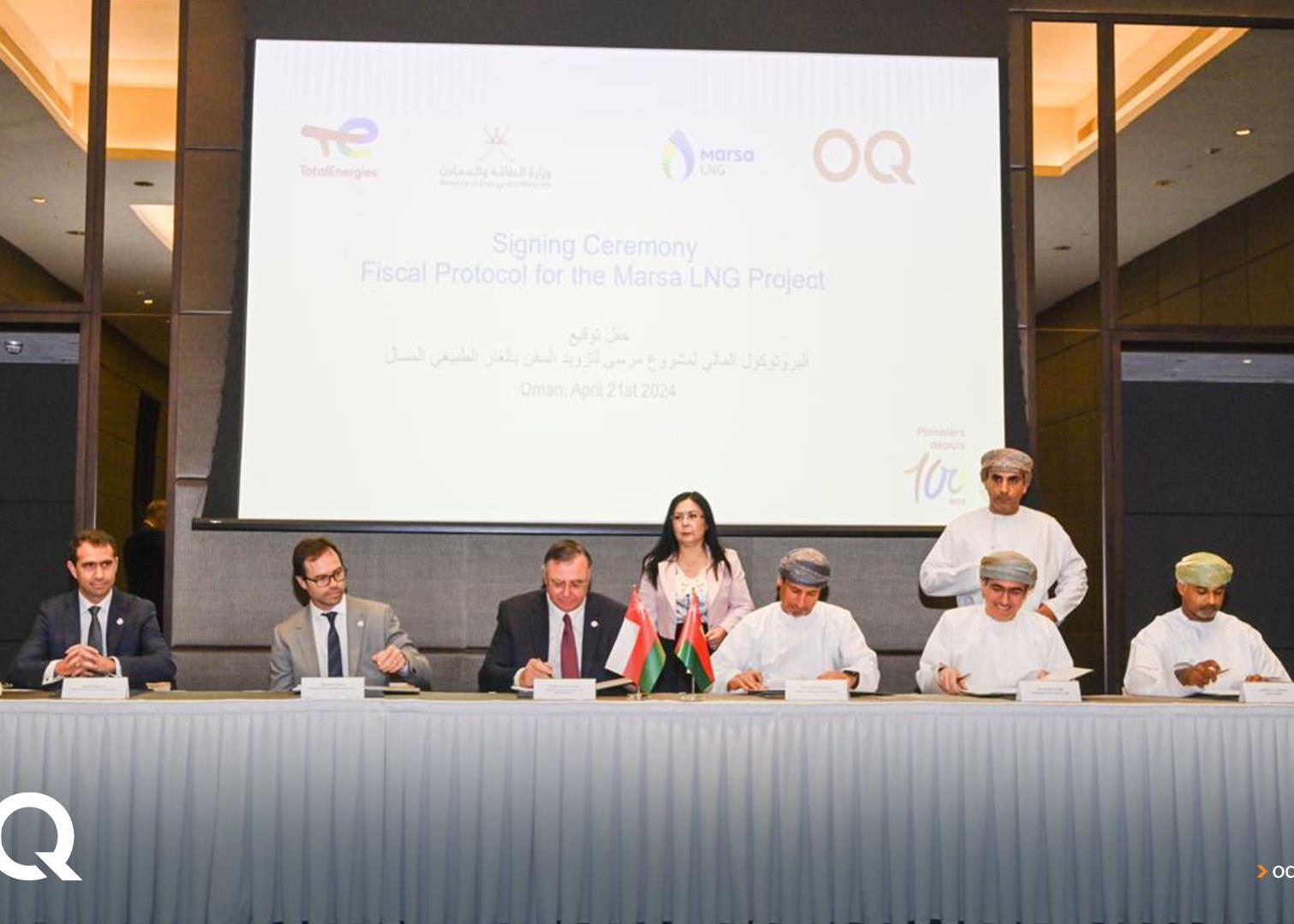

Opec and 12 non-Opec oil-producing countries have agreed to extend their oil production cuts deal until the end of 2018.
Prior to the agreement, the existing deal to keep supply about 1.8 million barrels a day (b/d) lower than normal would have expired in March.
The extension was agreed on 30 November in Vienna and pushed the price of Brent crude up by 2.3 per cent to more than $64 a barrel on 1 December.
This price is 49 per cent higher than the price of $43 a barrel in mid-November 2016, just before the initial cuts deal was first agreed.
On 30 November, the 24 countries that control 60 per cent of global production also agreed to introduce caps for Libyan and Nigerian production.
Prior to the agreement announced on 30 November, both countries were exempt from cuts due to unrest and associated disruption to oil production, but saw unexpected increases in production over 2017.
Both countries are now required to keep output below 2017 levels.
Oil ministers agreed to examine progress at Opec’s meeting in June, signalling that if prices rose too high or global inventories fell too quickly they may alter the cuts deal.
Speaking to reporters in Vienna, Saudi Arabia's Minister of Energy, Industry & Mineral Resources Khalid al-Falih said: “When we get to an exit, we are going to do it very gradually ... to make sure we don’t shock the market."
The US is not part of the cuts deal, and thanks to its boom in shale oil output over recent years, is the world’s biggest oil producer.
Analysts are likely to keep a close eye on the rig count in the US over coming months to see how shale producers react to Opec’s decision.
On 1 December, the day after Opec extended the production cuts deal, the number of oil and gas rigs in the US climbed by 6, according to US-based oil field services company Baker Hughes.
If there is a significant increase in US production, it is likely to undermine the efforts, led by Saudi Arabia, to reduce global oil inventories.
Over the first eight months of the cuts agreement, the scheme seemed to have limited success in raising oil prices, as increased production from Libya and limited compliance from many countries that had agreed to make cuts undermined the deal.
Since August, there has been increased compliance from the countries that have agreed to the cuts and Libyan production has fallen from its peak.
Both of these factors seem to have increased confidence in the cuts deal and have helped to stabilise oil prices at a higher level.
Since August, the price of Brent has climbed by 18 per cent from about $54 a barrel.
| This article has been unlocked to allow non-subscribers to sample MEED’s content for FREE. MEED provides exclusive news, data and analysis about the Middle East every day. Subscribe to MEED to have full access to Middle East business intelligence. Click here |
You might also like...

Ajban financial close expected by third quarter
23 April 2024

TotalEnergies awards Marsa LNG contracts
23 April 2024

Neom tenders Oxagon health centre contract
23 April 2024

Neom hydro project moves to prequalification
23 April 2024
A MEED Subscription...
Subscribe or upgrade your current MEED.com package to support your strategic planning with the MENA region’s best source of business information. Proceed to our online shop below to find out more about the features in each package.




